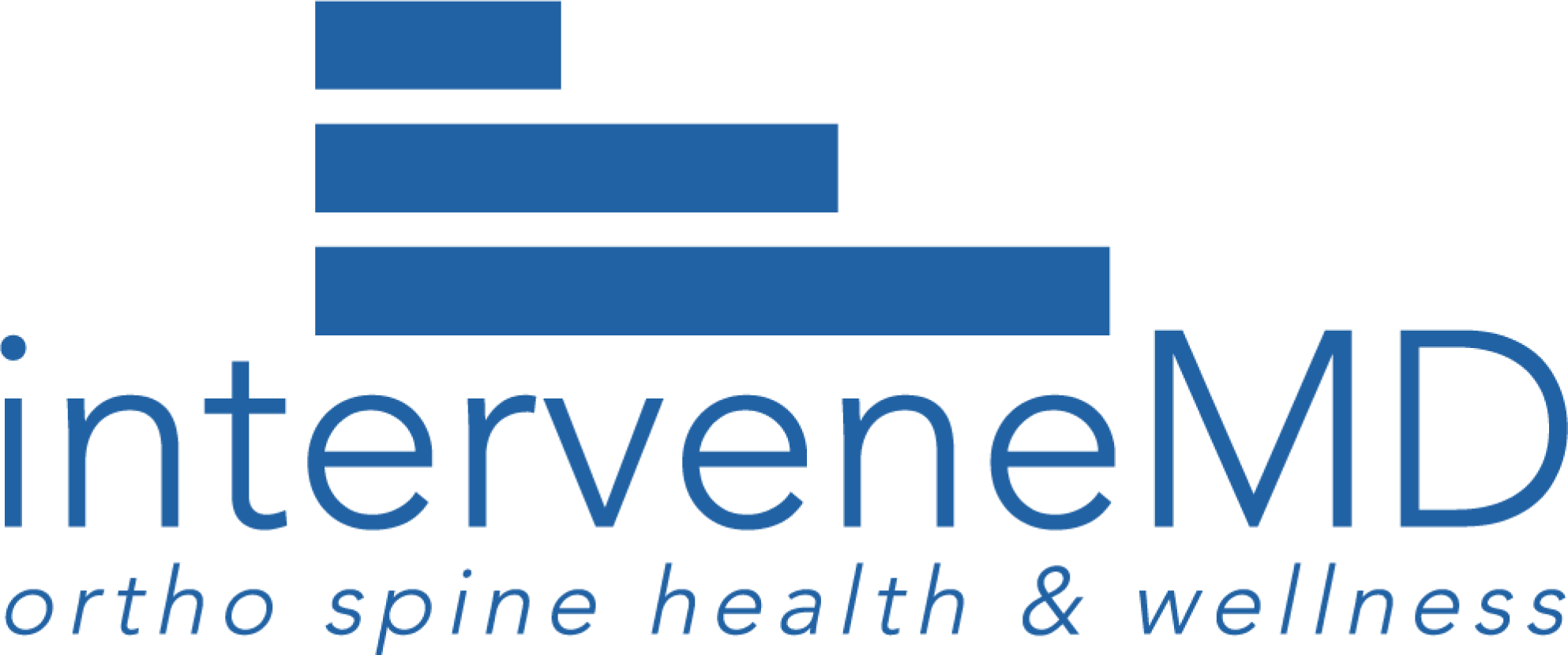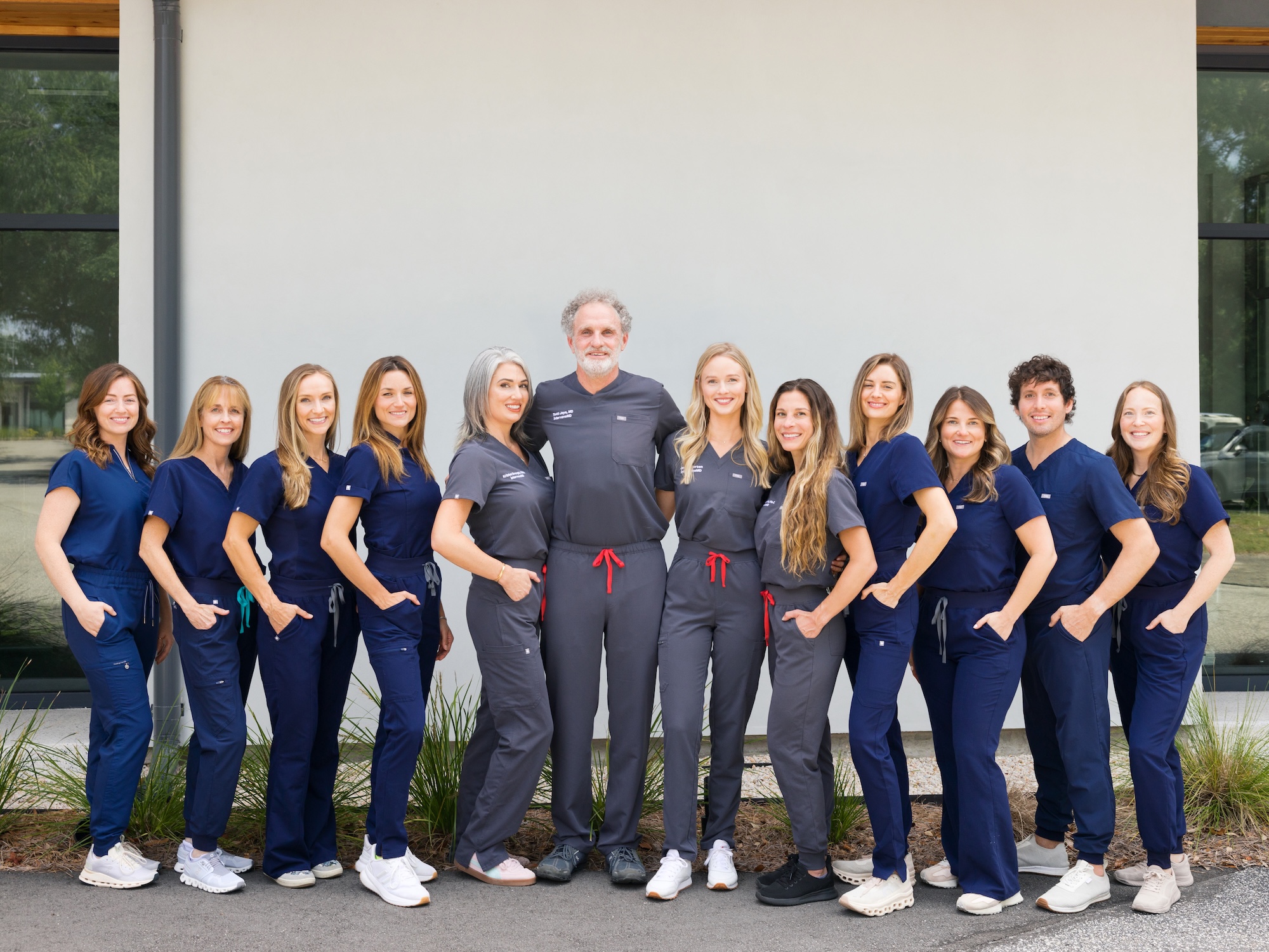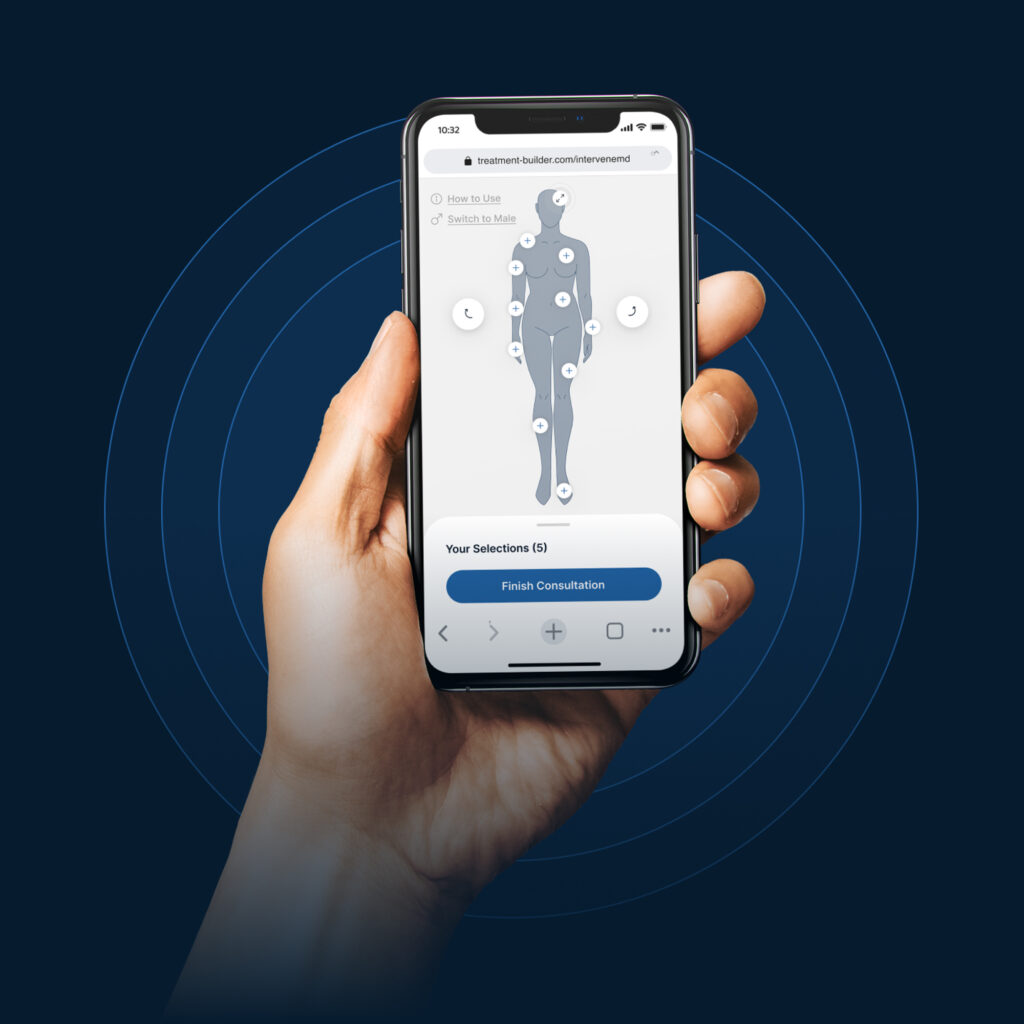
Chronic shoulder pain affects between 18% and 26% of adults at any given time. While it can seem like a small thing, persistent shoulder pain can severely restrict your ability to carry out physical daily tasks.
In fact, nearly 8 million Americans visit their doctor annually with issues relating to the shoulder.
The pattern tends to remain the same. You visit the doctor, they prescribe you an acute shoulder pain treatment, you do as you’ve been advised, only to get a few months down the line and find that your shoulder pain persists.
If you’ve had steroid injections, surgery, stem cell injections, or physical therapy to treat your shoulder pain but haven’t seen the beneficial results you were promised, you may want to rethink your approach to the problem.
Remember that childhood song that goes something like ‘the hip bone’s connected to the back bone’?
Turns out it holds the answer to why shoulder pain can persist even with the recommended treatment.
What’s the Most Effective Treatment for Shoulder Pain?
Everything within our bodies is connected, so as we age, it becomes less likely that a problem is symptomatic of just one thing and becomes more likely that a cluster of issues is causing pain and discomfort.
When it comes to shoulder pain, the most effective approach is to treat the whole functional unit of the shoulder, including the back, neck, and hip. Treating the wider area can help you regain the function you’ve lost to injury.
Does This Treatment Really Work?
Last week, Intervene MD’s own Todd Joye saw a 60-year-old female for a return visit. She’d come to him three months prior complaining of left shoulder pain that had been occurring for about six months.
The patient was unable to lift her arm above 90 degrees and was also experiencing weakness. Her MRI showed partial thickness tears of two of her rotator cuff tendons, as well as some fraying of her shoulder labrum.
After visiting a local orthopedic surgeon who first provided steroid shots and physical therapy and then performed a plasma injection, the patient’s symptoms showed no improvement.
Naturally, she felt hopeless and discouraged, but Dr. Joye convinced her to give him a chance using his advanced PRP shoulder protocol. This procedure involves drawing twice as much blood as other providers and combining it with HGH – human growth hormone.
Instead of just treating the inside of her shoulder joint like the orthopedist had done, Dr. Joye also looked at the rotator cuff tendons as well as the ligament capsule, a type of support sleeve that surrounds the joint.
Rather than simply injecting one spot, we treated the patient in multiple areas, strengthening the supporting cast of soft tissues and the functional unit of the whole shoulder.
The patient put her trust in this revolutionary treatment and – to both our and her joy – came in a few weeks later to report that her symptoms were 95% gone after just one treatment.
Summary
Next time you’re struggling to regain function in your shoulder, or you’re experiencing symptoms that don’t seem to shift no matter what you do, remember to treat the shoulder as a whole functional unit and avoid treatment that just looks at one area.
Together, we can get you functioning and feeling better.
Get in touch with us here at InterveneMD, serving the Charleston area, and see how we can help you get back to living your life the way you should – pain-free and focusing on what’s important to you.


